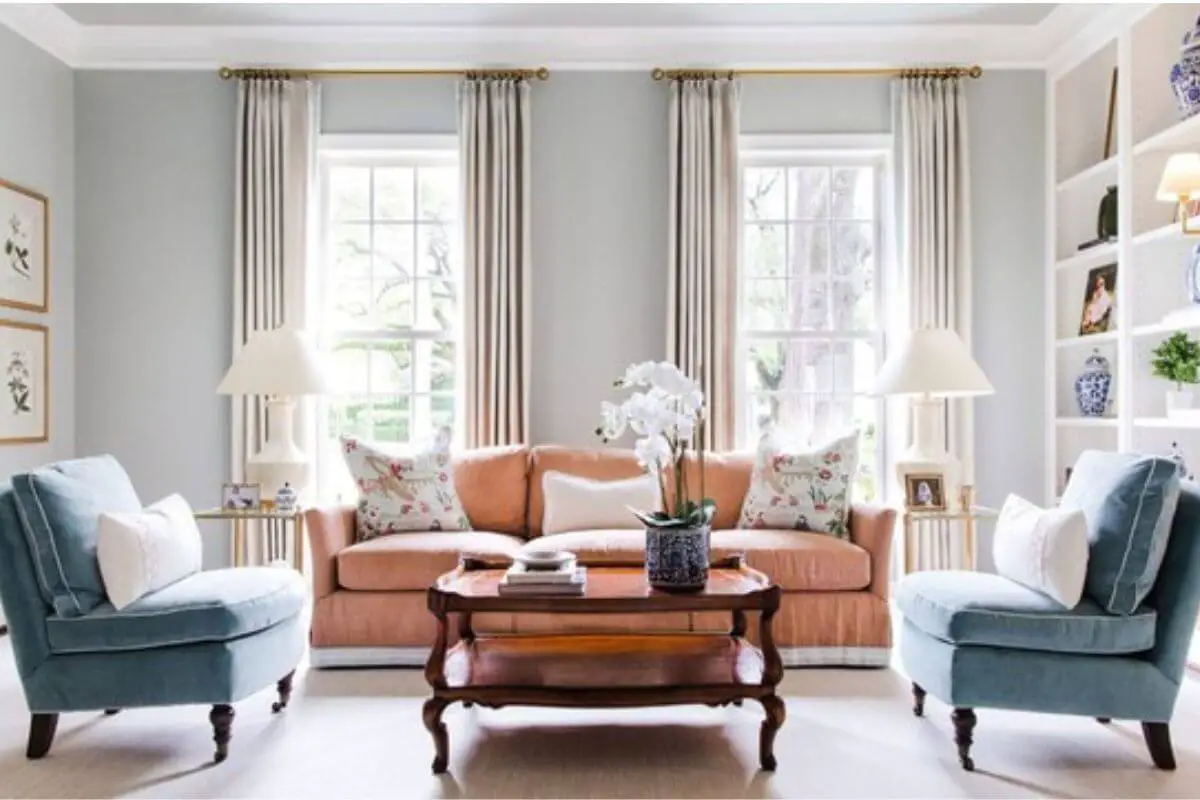Introduction
When it comes to home design, the choice of trim can significantly impact the overall aesthetics and feel of a space. Two popular options that often find themselves in the spotlight are wood trim and white trim. While both have their merits, they offer distinct characteristics that can drastically alter the ambiance of your home. In this article, we’ll explore the differences between wood trim and white trim, discussing their advantages, disadvantages, and suitability for different interior styles.
Wood Trim: Timeless Elegance
Wood trim exudes a classic, elegant charm that can elevate any interior space. Its natural grain and warm tones add character and a touch of sophistication to a room. Wood trim comes in various types, including oak, pine, cherry, and mahogany, each offering its unique attributes.

Pros of Wood Trim
- Timeless Aesthetics: Wood trim’s natural beauty never goes out of style, making it a long-lasting option.
- Durability: High-quality wood trim can withstand wear and tear, lasting for generations.
- Customizability: Wood trim can be stained or painted to match any interior design.
- Increases Home Value: Wood trim can add value to your home due to its high-end appeal.
Cons of Wood Trim
- Cost: Wood trim can be more expensive than other trim options, especially for premium wood types.
- Prone to Damage: Wood trim may be susceptible to scratches and dents.
- Maintenance: Regular maintenance, like refinishing, is necessary to keep wood trim looking its best.
White Trim: Classic and Versatile
White trim has gained immense popularity in modern interior design for its crisp, clean look and versatility. It provides a fresh canvas that highlights other design elements and complements various color schemes, making it suitable for a range of styles, from contemporary to farmhouse.
Pros of White Trim
- Brightens Spaces: White trim reflects light, creating a sense of airiness and spaciousness.
- Versatility: White trim seamlessly integrates with different wall colors and decor styles.
- Affordability: White trim is generally more budget-friendly than wood trim.
- Low Maintenance: Stains and imperfections are less visible on white trim, requiring minimal upkeep.
Cons of White Trim
- Lack of Warmth: Some homeowners may find white trim lacking the warmth and character of wood.
- Cleaning Challenges: White trim can show dirt and scuff marks more prominently.
- Trends and Timelessness: While popular now, white trim might be subject to shifting trends in the future.
Choosing the Right Trim for Your Space
The ideal trim choice depends on several factors, such as the room’s style, natural lighting, and maintenance preferences.
Consider the Room’s Style
When choosing between wood and white trim, consider the style and ambiance you want to create. Wood trim complements traditional, rustic, and classic designs, while white trim pairs well with contemporary, modern, and minimalist aesthetics.
Assess Natural Lighting
The amount of natural light in the room also plays a role. If your space lacks ample natural light, white trim can help brighten it and create an illusion of openness.
Maintenance and Durability
Evaluate your willingness to perform maintenance tasks regularly. While wood trim requires refinishing and upkeep, white trim demands fewer touch-ups and is easier to maintain.
Combining Wood and White Trim
If you’re torn between the two options, you can incorporate both wood and white trim into your design.
Using Wood and White Trim Together
Mixing both trims can add visual interest and depth to a room. For instance, you can have wood trim around windows and doors while opting for white trim along baseboards and crown moldings.
Tips for Harmonizing Trim Colors
Ensure the two trims blend harmoniously by using complementary color schemes or keeping them within a similar color family.
2020 Trends: Wood Trim or White Trim?
In 2020, interior design trends saw a rise in the popularity of both wood trim and white trim.
Popular Wood Trim Styles
During this period, craftsman-style wood trim gained prominence for its intricate detailing and traditional charm.
Embracing White Trim in Modern Spaces
In contrast, white trim experienced a surge in contemporary and modern homes due to its ability to create a clean and minimalist atmosphere.
Painting Wood Trim White: Yay or Nay?
If you have existing wood trim but desire the look of white trim, painting might be an option.
Preparing the Wood Trim
Before painting, ensure the wood trim is clean, smooth, and free of any imperfections.
Best Practices for Painting Wood Trim White
Use high-quality paint and follow proper techniques to achieve a flawless finish.
Enhancing Curb Appeal with Exterior Trim
Trim isn’t limited to the interior; it plays a crucial role in boosting curb appeal.
Embracing White Trim in Modern Spaces
In contrast, white trim experienced a surge in contemporary and modern homes due to its ability to create a clean and minimalist atmosphere.
Painting Wood Trim White: Yay or Nay?
If you have existing wood trim but desire the look of white trim, painting might be an option.
Preparing the Wood Trim
Before painting, ensure the wood trim is clean, smooth, and free of any imperfections.
Best Practices for Painting Wood Trim White
Use high-quality paint and follow proper techniques to achieve a flawless finish.
Wooden Exterior Trim
Wooden exterior trim can add a touch of warmth and charm to your home’s facade.
White Exterior Trim
White exterior trim offers a crisp, fresh look that enhances the overall appearance of the house.
The Eco-Friendly Aspect: Sustainable Trim Choices
For environmentally-conscious homeowners, sustainable trim options are worth exploring.
Sustainable Wood Trim Options
Look for trim made from reclaimed wood or sustainably harvested timber.
Eco-Friendly White Trim Solutions
Opt for eco-friendly paint options with low VOCs (volatile organic compounds).
Trim Maintenance: Tips for Longevity
Regardless of your trim choice, proper maintenance is essential for long-term durability.
Caring for Wood Trim
Keep wood trim clean and refinish it periodically to protect it from wear and weather.
Maintaining White Trim’s Pristine Look
Regular cleaning and occasional touch-ups can help maintain the pristine appearance of white trim.
Conclusion
Choosing between wood trim and white trim is a matter of personal preference and the desired ambiance for your space. Wood trim exudes timeless elegance but requires more maintenance, while white trim offers versatility and ease of upkeep. In some cases, combining both trims can strike a perfect balance. Consider your style, lighting, and maintenance preferences when making your decision.
FAQs
1. Is wood trim more expensive than white trim?
The cost of wood trim can vary depending on the wood type and quality, but it is generally more expensive than white trim.
2. Can I paint my wood trim in various colors other than white?
Absolutely! Painting wood trim in different colors is a great way to add a unique touch to your interior design.
3. Which trim option is better for a traditional-style home?
Wood trim complements traditional-style homes, enhancing their classic charm.
4. Does white trim make a room look bigger?
Yes, white trim reflects light, creating an illusion of spaciousness, which can make a room appear larger.
5. Can I mix different trim styles in one room?
Yes, combining wood and white trim in the same room can add visual interest and depth to your space.



